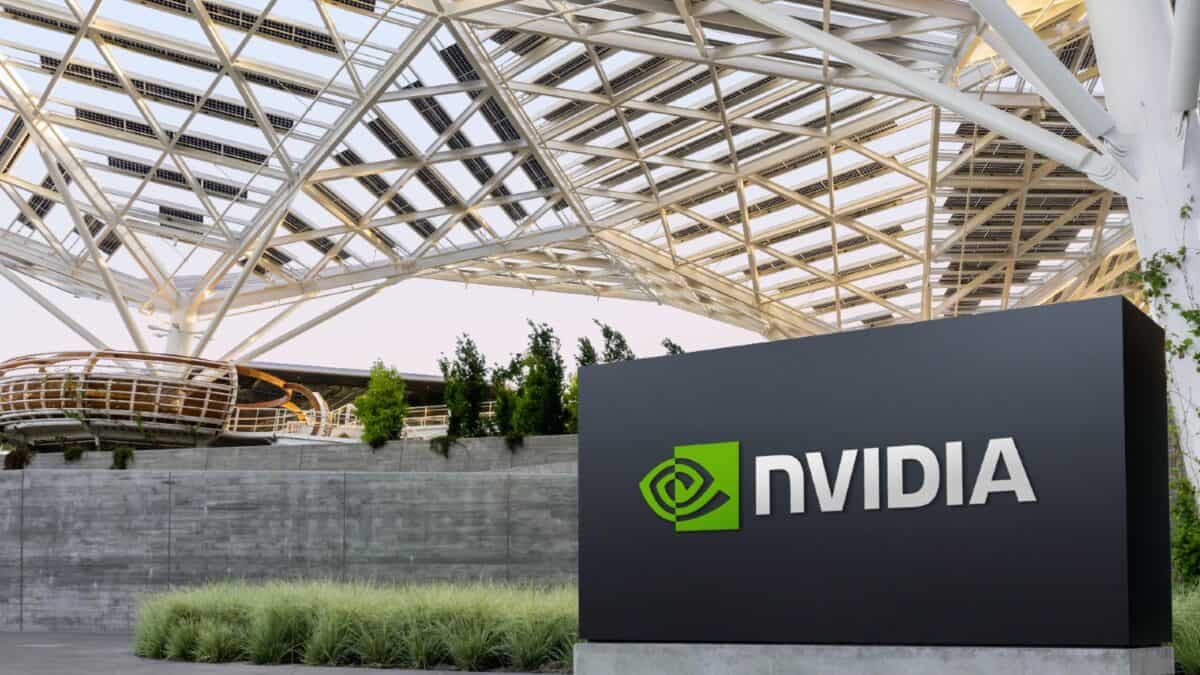Image source: Getty Images
Sainsbury’s (LSE: SBRY) has been a solid dividend stock for years but its share price hasn’t shown much life. Until now.
Shares in the FTSE 100 grocery giant jumped 11.95% in the last month. And that’s at a time when the blue-chip index as a whole edged up just 0.34%.
This isn’t just a flash in the pan. The Sainsbury’s share price is up 47.98% over two years, albeit with some volatility along the way. Over one year, it’s up 12.33%.
I’m delighted to see Sainsbury’s finally grab the limelight. Investors recognised the threat posed by German discounters Aldi and Lidl several years ago, and decided it couldn’t cut the mustard. They underestimated it.
Can Sainsbury’s continue to bite back?
Sainsbury’s has sharpened up. Last month, it posted its largest annual gain in market share since way back in 1997. It climbed 50 basis points to 15.3% in the 12 weeks to 4 August, according to Kantar.
I’m pleased but a little irritated. On 23 July, I surprised myself by naming Sainsbury’s as one of three FTSE 100 dividend stocks I’d like to buy if I had cash to hand. Sadly, I wasn’t able to raise the funds at the time.
As the cost-of-living crisis eases, grocery sales are recovering, up 9.4% in the year to 2 March. Retail sales (excluding fuel) jumped 6.8% to £30.6bn, with underlying operating profit up 4.3% to £966m.
The board expects that to climb to between £1.01bn and £1.06bn this financial year, a rise of between 5% and 10%. Again, grocery sales should lead the way. CEO Simon Roberts feels vindicated for putting “food back at the heart of Sainsbury’s”.
This is a competitive market and all the big grocers work to find margins. In 2024, Sainsbury’s had net margins of 1.63%, which is pretty narrow. Rival Tesco beat it with 4.03%. Return on capital employed is also tight at just 4%.
Solid FTSE 100 income stock
It’s the nature of the sector. Sainsbury’s has more than 1,440 stores, which are open up to 90 hours a week, and run by around 150,000 staff.
Increases to the national minimum wage have added to costs, while rumours that Labour could impose national insurance on private sector employer pension contributions won’t help if they turn out to be true. We’ll know more after the Budget on 30 October.
Today, Sainsbury’s shares yield 4.4%, which is comfortably above the FTSE 100 average of 3.8%. Payouts are covered 1.7 times by earnings. Sadly, the dividend per share has been held at 13.1p for the last three years. The board has stretched to a £200m share buyback programme, to be completed by March, but that dividend freeze is still disappointing.
Despite the strong recent run, the shares don’t look overvalued, trading at 13.6 times earnings. That’s below the FTSE 100 average P/E of 15.7 times.
Sainsbury’s is showing its teeth in a tough sector. I wish I’d bought it in July, before the recent spike. I’m still keen to buy, but may wait for the share price to settle down a little.
Credit: Source link














